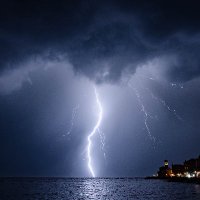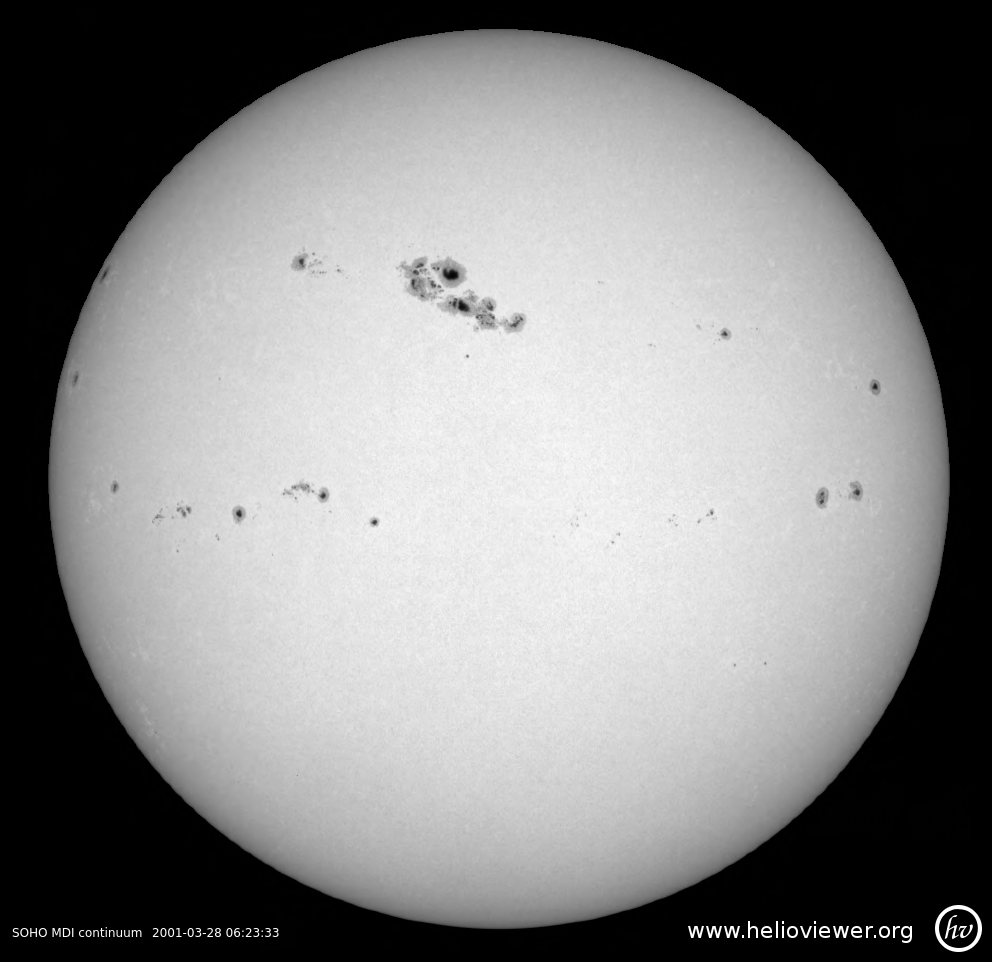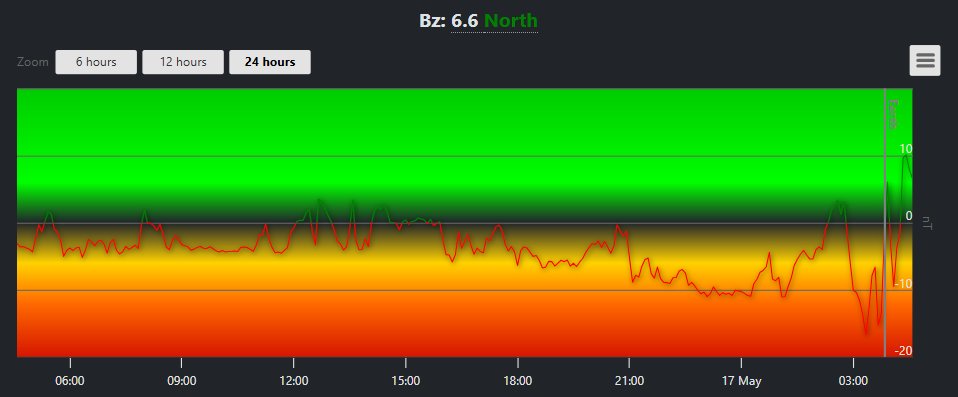
Jure Atanackov
@jatanackov
Chasing storms and northern lights on the sunny side of the Alps. Meteors, meteor showers & meteorites. Active tectonics and earthquake hazard. Views my own.
ID: 1294202372160475136
https://severnisij.si/ 14-08-2020 09:21:13
10,10K Tweet
4,4K Followers
899 Following






























